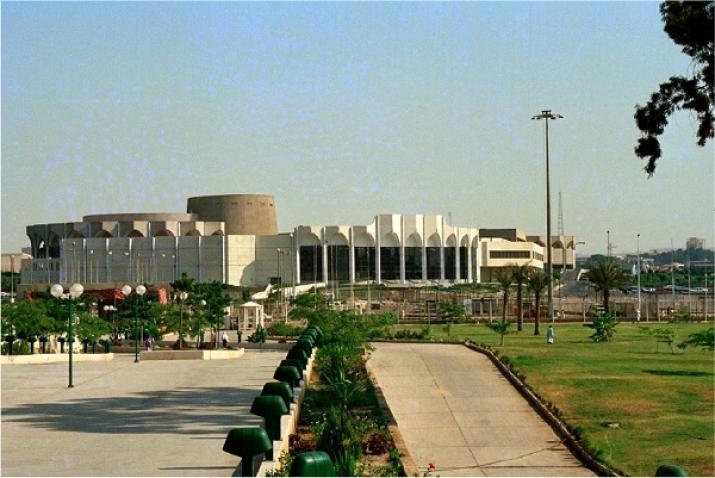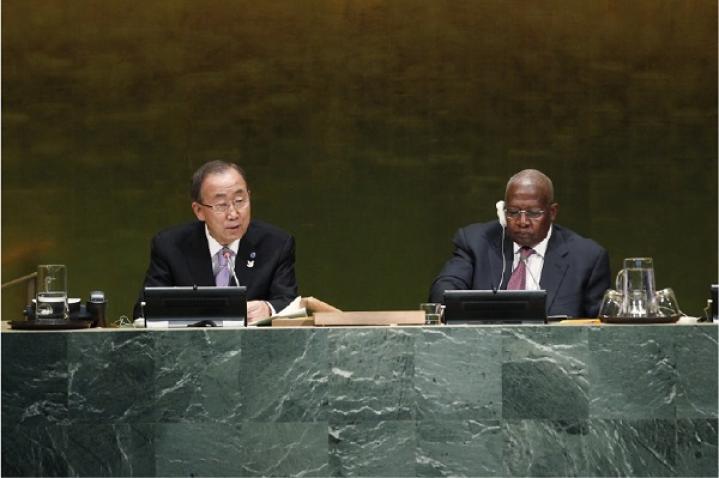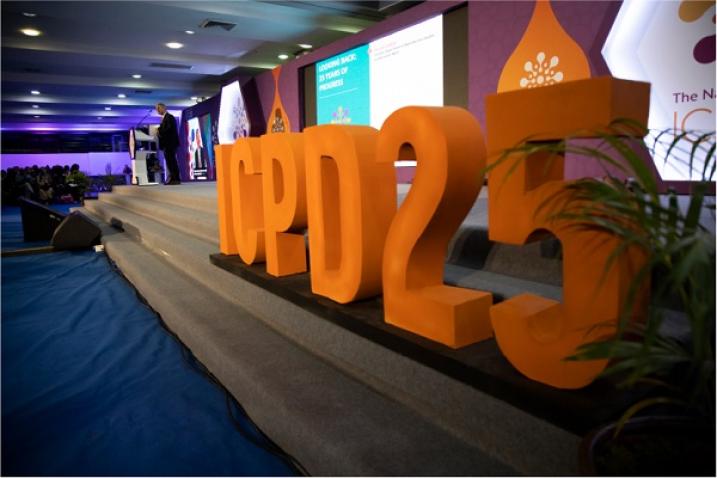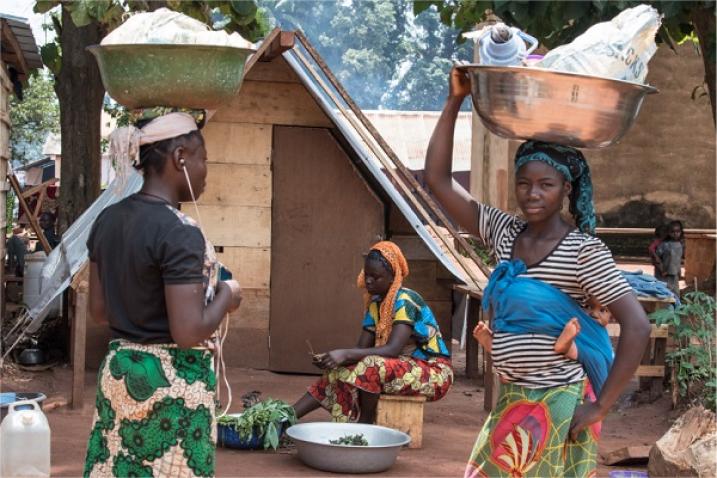BACKGROUND
The first World Population Conference was organized in Rome in 1954 to exchange scientific information on demographic variables, their determinants and their consequences. This rather academic conference essentially resolved to produce more comprehensive information on the demographic situation of developing countries and to promote the creation of regional training centers which would help to solve population problems and to prepare specialists in demographic analysis.
The Second World Population Conference held in Belgrade in 1965 emphasized the analysis of fertility as part of development planning policy. This conference was held at a time when expert studies on demographics of development coincided with the start of population programs funded by the United States Agency for International Development (USAID).
In 1974, in Bucharest, the Third World Population Conference was organized. The World Population Plan of Action, born out of this conference, stipulates, among other principles, that the essential objective is the social, economic and cultural development of countries, that demographic variables and development are interdependent and that policies and demographic targets are an integral part of socio-economic development policies.
At the International Conference on Population, in Mexico City in 1984, most aspects of the 1974 Bucharest Conference Agreements were reviewed and approved. In addition, the Global Population Plan of Action has been expanded to incorporate the latest research findings and data provided by governments. Human rights, conditions of health and well-being, employment and education are among the issues highlighted in the Declaration signed at this conference.
The International Conference on Population and Development (ICPD) was held in 1994 in Cairo. During this event, a new Programme of Action was adopted as a guide for national and international action in the field of population and development for twenty years. This new agenda for action has emphasized the indissoluble relationship between population and development and focuses on meeting the needs of individuals within the framework of universally recognized human rights standards rather than simply responding to demographic goals.
Two special sessions of the United Nations General Assembly were held in 1999 and 2014 to review and assess the implementation of the Program of Action adopted at the 1994 conference. The progress made and the challenges encountered in the implementation the implementation of population and development strategies were the central themes of these meetings of world leaders.
In 2019, the Conference on Population and Development+25 was organized in Nairobi. This conference mobilized political will and financial commitments to implement its Program of Action. These commitments focus on achieving zero unmet need for family planning information and services, zero preventable maternal deaths, sexual and gender-based violence, and harmful practices against women and girls.
PRIORITY OBJECTIVES
The 1994 International Conference on Population and Development Programme of Action called for making the rights of women and their reproductive health a central topic in national and international economic and political development efforts. It called for ensuring that all people have access to comprehensive reproductive health care, including voluntary family planning, safe pregnancies and childbirth services, as well as prevention and treatment of sexually transmitted infections. It also recognized that reproductive health and women's empowerment are interdependent, and both are necessary for social progress. The Programme of Action affirmed that:
“The full and equal participation of women in civil, cultural, economic, political and social life, at the national, regional and international levels, and the eradication of all forms of discrimination on grounds of sex, are priority objectives of the international community”.
POPULATION AND THE SDGs
The United Nations reports on the progress made in fulfilling the mandate of the ICPD Programme of Action. At the annual Commission on Population and Development, the UN reviews the state of sexual and reproductive health and rights around the world. This includes progress made, or ground lost, in efforts to empower women, educate girls, and eliminate gender-based violence and harmful practices.
Population data are crucial for measuring progress in achieving the Sustainable Development Goals (SDGs). Data from the UN Population Division underpin the calculation of roughly a third of the indicators used currently for the global monitoring of the SDGs.







